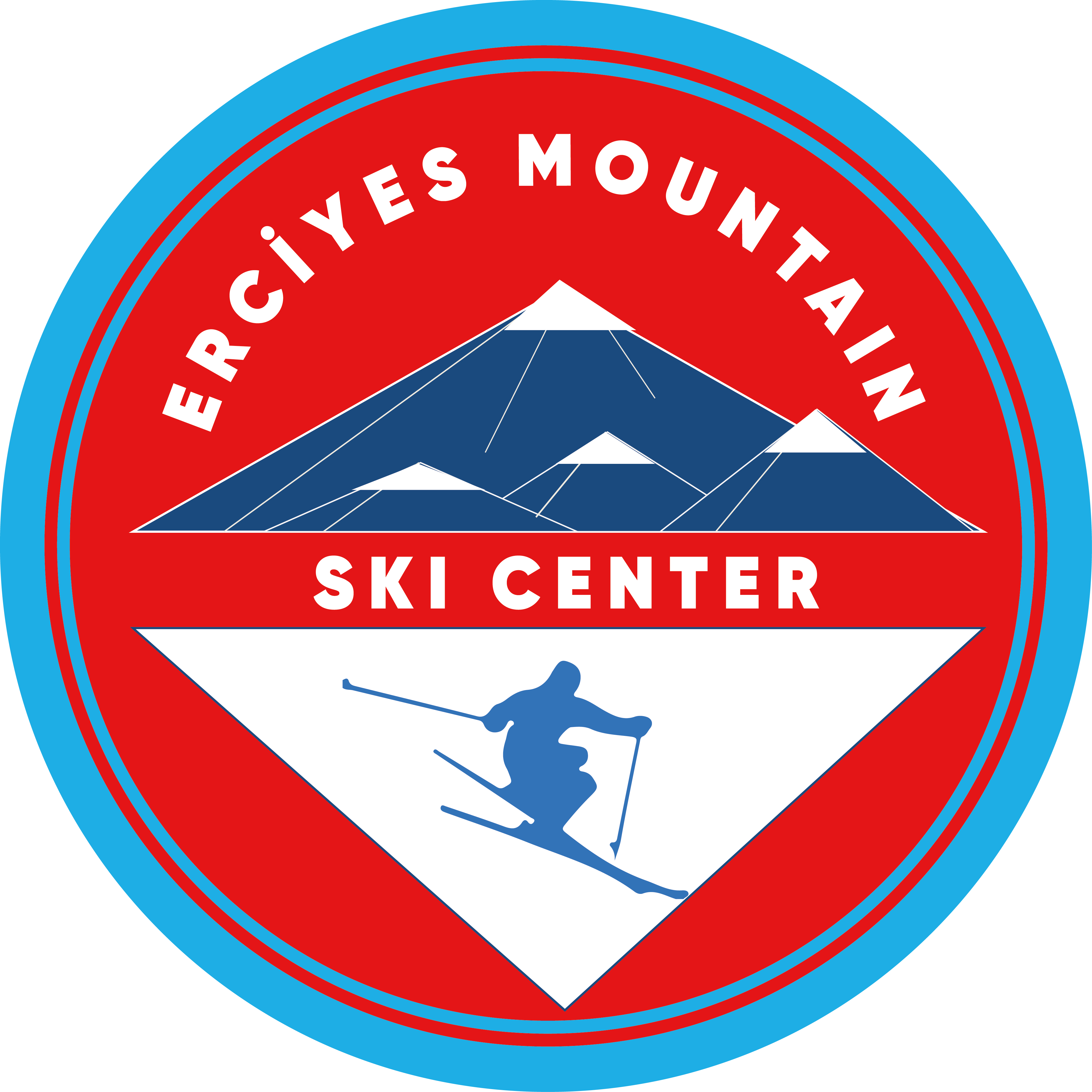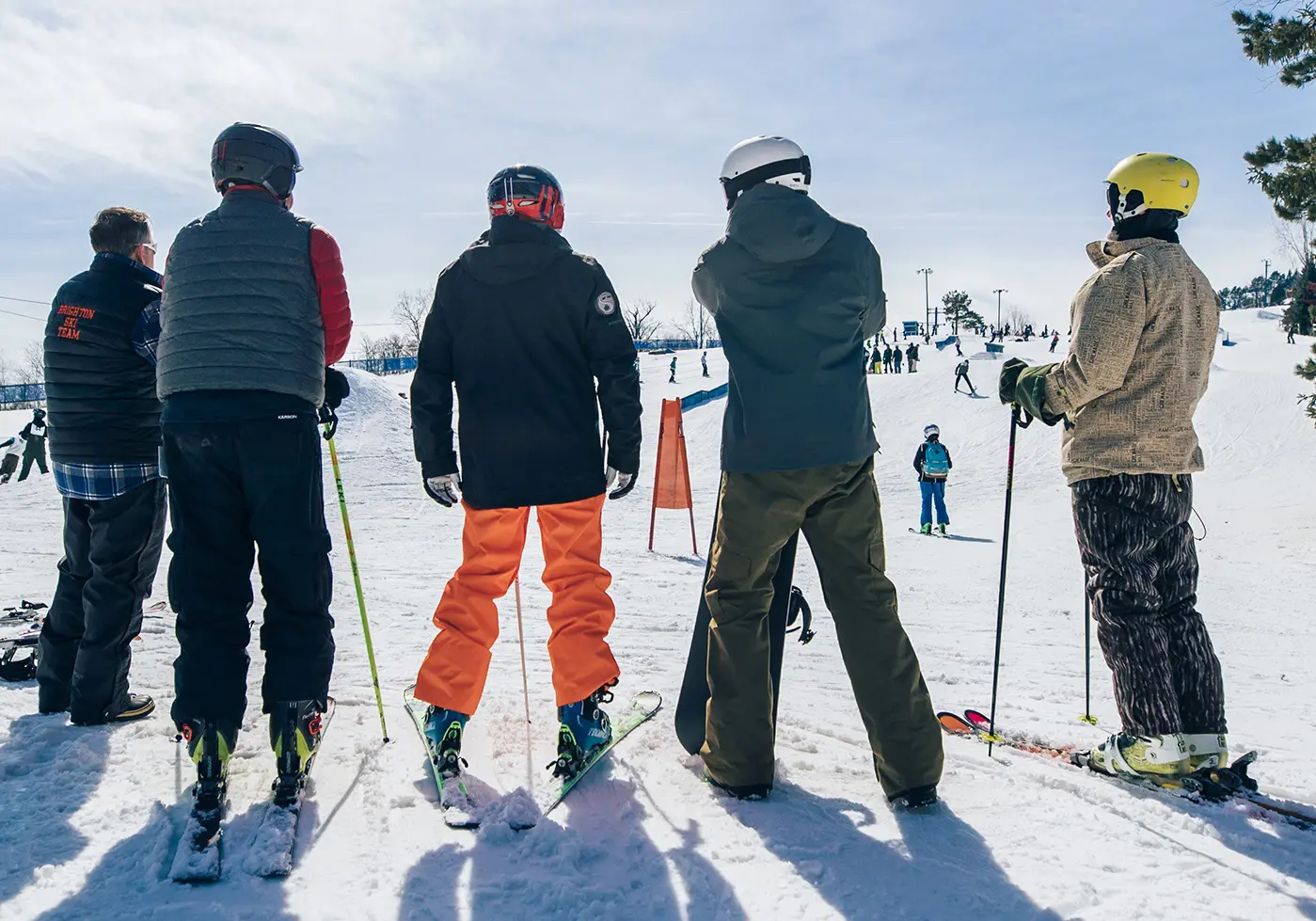Skiing is one of the most exciting activities of winter vacations. However, first-time skiers can both prolong the learning process and put their safety at risk due to some basic mistakes. Choosing the right equipment, proper posture, warm-up and speed control are the cornerstones of success in skiing. In this article, we will look at the common mistakes beginners make and how to avoid them.
Choosing the Wrong Equipment and the Right Alternatives
One of the most common mistakes in skiing is choosing the wrong equipment. If the skis are not suitable for height, weight and experience level, it makes it difficult to learn. Beginners often make the mistake of choosing professional skis. However, beginner-specific skis with shorter and wider bases facilitate control.
For the right solution:
-
The ski length should be about 15-20 cm shorter than the person’s height.
-
The boots should fit snugly on the foot, but not so tight that they impede blood circulation.
-
Beginners are advised to choose equipment with the support of experts at rental points.
The wrong equipment not only makes learning difficult, but also increases the risk of injury.
Using Ski Boots Improperly
Ski boots play a critical role in an athlete’s balance and safety. One of the most common mistakes beginners make is over-tightening or leaving their boots too loose. Boots that are too tight prevent blood circulation and cause numbness in the feet, while loose boots impair balance.
Solution proposals:
-
Boot laces should be tight enough to secure the foot, but not cause pain.
-
Lacing systems should be checked regularly and the insole of the boot should be comfortable.
-
The choice of socks is also important; special ski socks should be preferred over thick socks.
Correctly adjusted boots ensure confident and safe movement on the track.
Skipping Warm-up and Stretching
Muscles work hard during skiing. Athletes who skip warm-ups run the risk of muscle strains, cramps and injuries. Sudden muscle strain, especially in cold weather, can lead to serious injuries.
Solution:
-
Simple stretching and warm-up exercises should be done for 10-15 minutes before skiing.
-
Exercises targeting the calf, leg and lower back muscles are prioritized.
-
Short walks and light jogging are also effective ways to prepare the body for slipping.
A warm body improves performance and reduces the chance of injury.
Skiing with Wrong Posture Position
Correct posture in skiing is one of the most important competencies of an athlete. The most common mistake beginners make is standing upright or bending too much. When standing upright, balance is lost, and when bending too much, speed control becomes difficult.
Things to consider for correct posture:
-
The knees should be slightly bent and the body slightly tilted forward.
-
The arms should be held out in front to maintain balance.
-
The weight should be evenly distributed in the center of the feet.
This posture increases control while skating and minimizes the risk of falling. Wrong posture leads to frequent falls and loss of self-confidence.
Failure to Control Speed
One of the most common problems in skiing is not being able to control speed. Beginners often panic when they accelerate downhill. Skiing without knowing braking techniques poses a risk both for the person and for other skiers on the slope.
For accurate speed control:
-
Learn to slow down with the “pizza” technique (ski tips meet in front).
-
Knees should be slightly bent and weight should be placed on the back.
-
Speed control can be achieved through turning techniques.
Learning to control speed is the basic condition for skiing safely on the piste. It should not be forgotten that it is not being able to speed, but being able to control speed that determines the success of skiing.
Common Mistakes in Turning Techniques
In skiing, it is as important to make turns correctly as it is to maintain balance. One of the biggest mistakes beginners make is trying to use only the upper body in turns. However, knee and hip movements are at the center of the turns. Turns made only with the upper body lead to both unbalanced sliding and the risk of falling. Another mistake is to shift the weight backwards during the turn. In this case, the front of the skis lifts up and control is completely lost. The correct technique is to always put the weight forward and steer with slightly bent knees. In addition, rushing into turns, panicking and trying to change direction with sudden movements can also lead to a loss of balance. When soft and controlled turns are learned, skiing becomes both safe and enjoyable.
Fear of Falling or Falling Wrong
Falling is inevitable when learning to ski. However, most beginners are afraid of falling and restrict their movements. This fear slows down learning and damages self-confidence. In fact, falling correctly is a natural part of the learning process. Falling incorrectly can lead to serious injuries. One of the most common mistakes is to extend the hands forward when falling. This reflex can cause wrist injuries. The correct way is to fall to the side in a controlled manner and keep the arms close to the body. Also, not knowing how to get up after a fall is a common mistake. The correct way to get up is to turn sideways, stand up on your knees and position your skis parallel to the slope. Learning to fall in control without being afraid of falling is an important stage in the development of beginners.
Failure to Follow the Runway Rules
Ski slopes are areas where athletes of different levels can be present at the same time. One of the most common mistakes beginner skiers make is not paying attention to the piste rules. For example, stopping in the middle of the piste creates danger for themselves and other athletes. Uncontrolled acceleration or sudden changes of direction can also lead to accidents. It is a basic rule to always give way to the skier coming from above. In addition, not paying attention to signposts and entering prohibited areas also carry great risks. In order to ensure safety in skiing, it is imperative to follow the piste rules. Those who observe the rules protect both their own safety and the safety of those around them.
Neglecting Helmets and Safety Equipment
Most beginners neglect to use helmets and protective equipment, thinking “I ski slowly, nothing will happen to me”. However, according to statistics, most accidents occur in beginner athletes. Helmet is the most important equipment that protects the head from impacts. In addition, additional protectors such as wrist guards, knee pads and elbow pads minimize the risk of injury in falls. The use of goggles is essential not only for protection from the sun, but also to protect the eyes against wind and snow crystals. Failure to use safety equipment can lead to major injuries as a result of a small mistake. Therefore, safety equipment should never be neglected in skiing.
Entering Difficult Tracks with Overconfidence
One of the biggest mistakes made in the process of learning to ski is that athletes who think they have improved in a short time take on difficult pistes. Beginner skiers who enter the red or black pistes with overconfidence lose control and put themselves and others at risk. Progress in skiing is achieved step by step and with patience. Going on difficult tracks before the basic techniques are well established on easy tracks can lead to serious accidents. In addition, athletes who panic on difficult tracks increase the risk of injury by falling. The right thing to do is to follow the instructor’s advice and continue practicing on level-appropriate tracks. Self-confidence is an important motivator in skiing, but it can be dangerous in excess. With balanced self-confidence, it’s safest to progress in a controlled manner.

